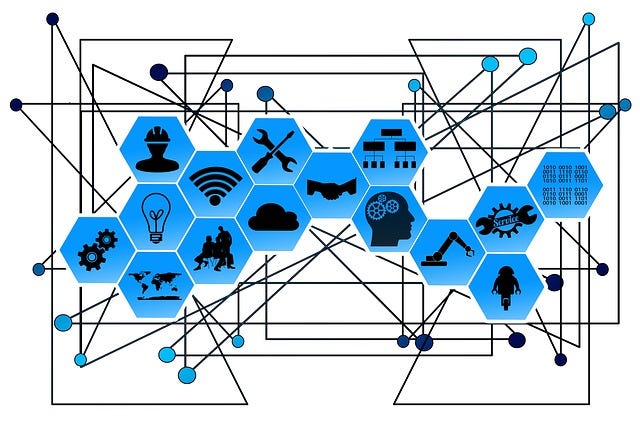Edge Computing Applications: 3 Traits
In the emerging IoT era, applications that require autonomy, low latency, and a lot of bandwidth are better suited for the edge.
March 16, 2018

In its race into the mainstream, the cloud revolutionized the way companies deal with data. The next wave of that revolution will happen at the edge, where the amount of data, the complexity of applications, and access demands are driving requirements for lower latency options. The incredible number of connected devices and services coming online means that more workloads are becoming highly interactive and transactional, while depending on, and generating, a staggering amount of data. The cloud alone simply isn’t a fit for many of these applications.
Constantly ingesting IoT data to the public cloud and making it readily available to users is complex, expensive, and creates performance lags that certain apps just can’t afford. For these applications, the edge is a much better option. Keeping this data closer to its users – at the edge – eliminates many of the problems inherent with the public cloud model. The combination of edge computing and the public cloud creates an excellent opportunity for enterprises to bring more data to the cloud while still meeting performance and access goals.
Which apps benefit from an edge-based approach? There are many factors to consider, but these three requirements are a good place to start.
Apps that require autonomy
One of the great things about the IoT is the prospect of completing tasks with little or no human interaction. The concept of connected devices interacting with each other, rather than humans, is only gaining momentum. Take the ubiquitous example of self-driving cars. As cars move through a city, for example, they will be required to interact with each other quickly and seamlessly.
In this situation, it’s pretty obvious that ingesting data to a distant cloud and performing compute tasks there isn’t a realistic option. Users need the data (and compute) to reside as close to the devices generating the data as possible. This ensures analysis can happen instantly and with high performance.
Self-driving cars are just one example of this type of application. Any app that relies on instant connections between different endpoints will benefit from keeping data and compute at the edge.
Apps that can’t tolerate latency
One certainty we all understand is that unless the laws of physics miraculously shift, the speed of light isn’t changing. That means that when your data is traveling across long distances -- and across routers, switches, and servers -- latency is always going to be an issue.
And, for some applications, high latency just isn’t an option. Step away from driverless cars, and consider healthcare and financial services. In these industries -- and others -- every fraction of a second counts. Latency isn’t just aggravating; it can mean the difference between life and death, or a successful financial transaction and an unsuccessful one.

IoTnetwork.jpg
Even when the consequences aren’t critical, the interactive apps we’re discussing here require instantaneous access to data, which is something cloud data centers in remote areas can’t deliver; only the edge can.
Apps that need significant bandwidth
When you think of these interactive, autonomous apps that require zero or very little latency, what do they have in common? They all generate a lot of data, from multiple endpoints, that needs to be analyzed and acted upon rapidly. That means they require a lot of bandwidth to transfer all that data.
Using the internet to ingest this data to the cloud just isn’t an option for these applications. We all know that today’s internet has been optimized for downloads. In the past, it’s what most people and companies did: download videos, download songs, download presentations, and so on. As more and more people and devices are uploading data, this creates a real bottleneck. For applications that need to move a lot of data quickly, this makes keeping data at the edge a much better fit, as uploads and downloads happen equally quickly.
The cloud has been a revelation for businesses of all sizes, and will continue to be for the foreseeable future. That doesn’t mean it’s a great fit for every application. As we head into the new world of IoT and connected devices, many apps will benefit from taking advantage of hybrid models that combine the edge and the cloud.
Ellen Rubin, CEO and co-founder of ClearSky Data, is an experienced entrepreneur with a record in leading strategy, market positioning, and go-to-market efforts for fast-growing companies. ClearSky Data’s global storage network simplifies the entire data lifecycle and delivers enterprise storage as a fully managed service. Most recently, Ellen was co-founder of CloudSwitch, a cloud-enablement software company that was acquired by Verizon in 2011.
About the Author
You May Also Like




